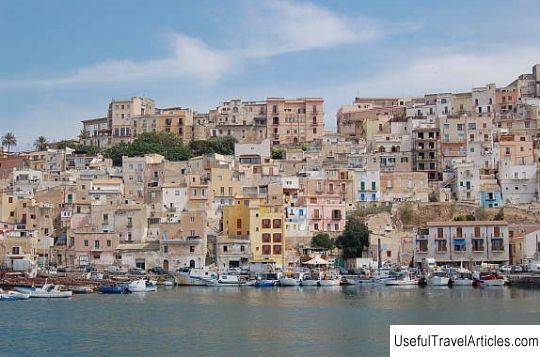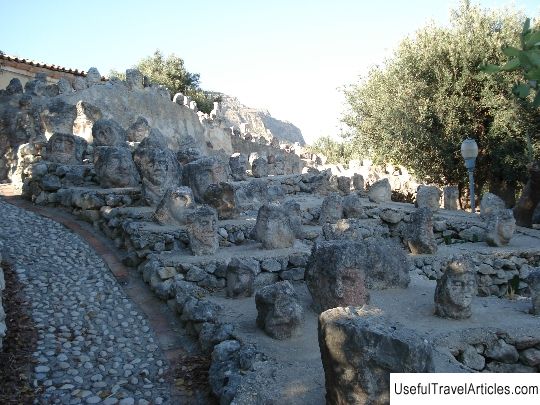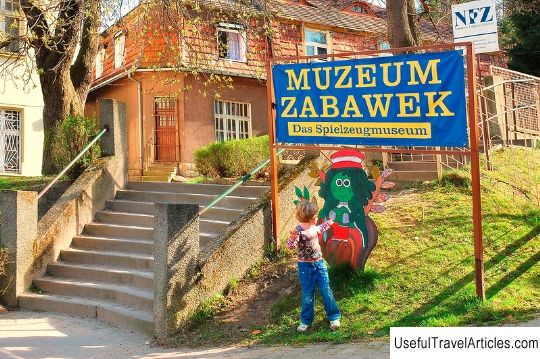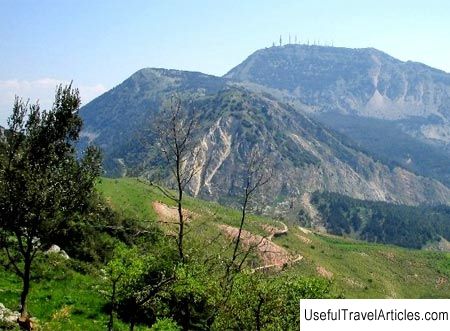Sciacca description and photos - Italy: Agrigento (Sicily)
Rating: 8,3/10 (1767 votes) 
Sciacca description and photos - Italy: Agrigento (Sicily). Detailed information about the attraction. Description, photographs and a map showing the nearest significant objects. The title in English is Sciacca. Photo and descriptionSciacca is a small town 70 km from Agrigento, famous for its thermal springs, medieval and Baroque architecture and a fun carnival. Another real but little-known gem of the city is the Arab Quarter. In addition, Sciacca has always been famous for its craftsmen - for example, glass products made here adorn almost all the houses of noble residents of Agrigento of the 14-18 centuries. Shakka has very ancient roots - even the ancient Greeks loved to spend their time at its hot springs gushing out of the ground. The traces of their stay here were left by the Romans, Arabs, Normans and Spaniards - and today they are clearly visible in the architecture of the city and the traditions of its inhabitants. In 1831, Shakka became the protagonist of a unique geological event - a volcanic island appeared in the sea right in front of the city, which, six months later, again plunged into the abyss. During these six months they even managed to give the island a name - Ferdinand's Island. Today Sciacca is an intricate labyrinth of streets that intersect in small squares - piazzetas with beautiful churches and old buildings. Among the sights of the city, it is worth highlighting the Cathedral (Duomo), built in 1108 during the rule of the Normans. Later, in the middle of the 17th century, it was significantly expanded by the architect Michele Blasco. The unfinished Baroque facade is missing one of the two bell towers. On the sides are statues of Antonio and Gian Domenico Gagini, made in the 16th century. And inside the three-nave cathedral, there are many works of art with a variety of sculptures, also dated to the 16th century. It is worth paying attention to the Collegio church, richly decorated with drawings, including the image of "Adoration of the Magi" by Giovanni Portalone and the image of John the Baptist attributed to Domenichino. The Church of Santa Margherita is notable for its neo-Gothic portal and ancient frescoes. Finally, Palazzo Steripinto is an extraordinary 16th century building in the Sicilian-Catalan style. Its facade is encrusted with tiny diamond shells and loopholes with a mask in the center. The Renaissance portal and the elegant double lancet window also attract attention. The coastline between Sciacca and Agrigento is dotted with beautiful and still underdeveloped beaches - long surfs of white sand surrounded by dunes and steep cliffs. You should definitely visit at least three beaches: the so-called Turkish Staircase near the town of Realmente, where the wind gave the rocks the shape of a huge staircase going into the sea, Torre Salsa on the territory of the natural park of the same name between Siculiana Marina and Eraclea Minoa, and, in fact, Eraclea Minoa, in the coastal waters of which lie the ruins of an ancient Greek city.         We also recommend reading Humayun's Tomb description and photos - India: Delhi Topic: Sciacca description and photos - Italy: Agrigento (Sicily). |




